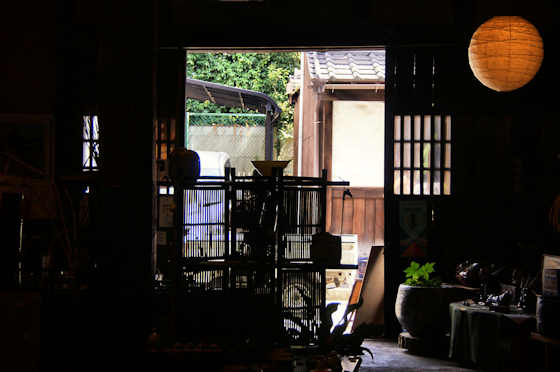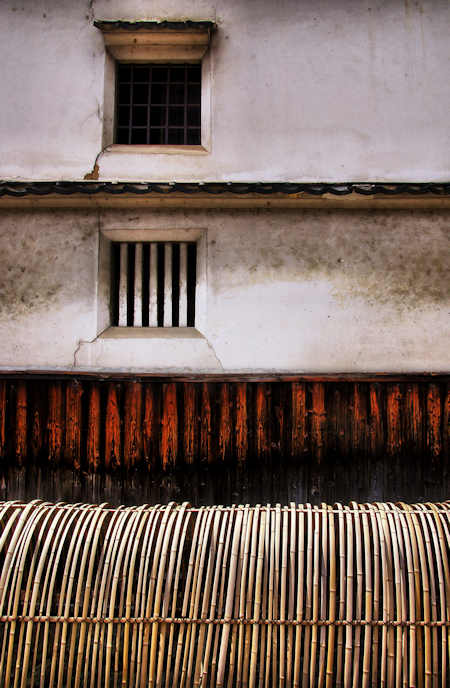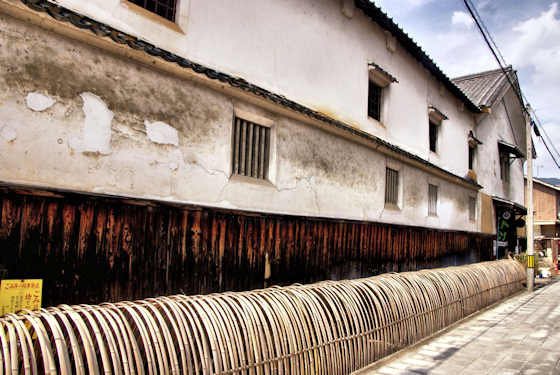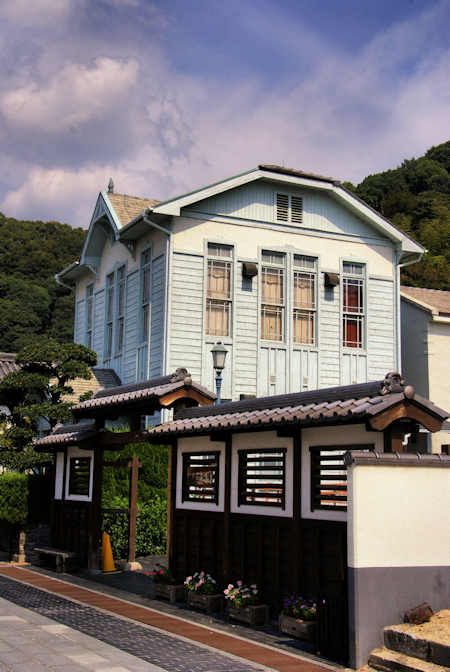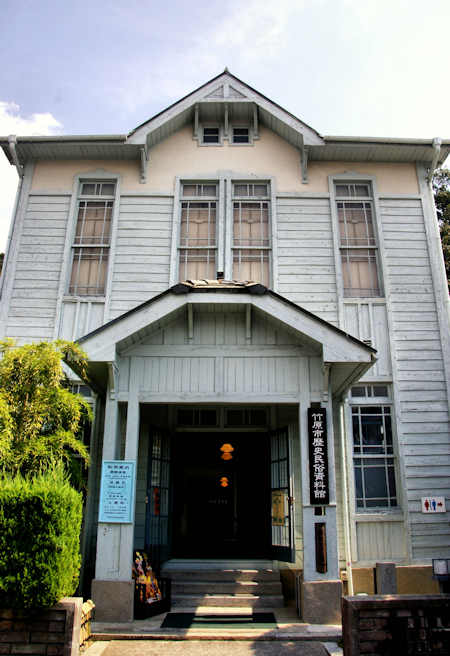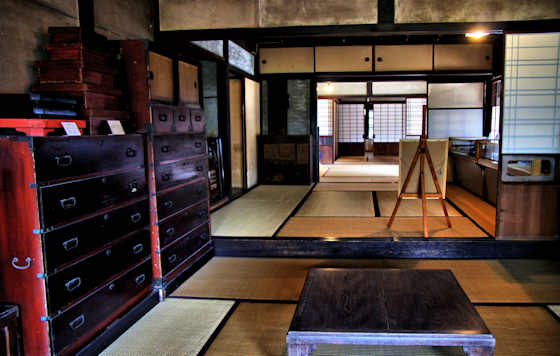Founded originally at the end of the 12th Century as a branch of Usa Hachimangu to be a tutelary shrine for the Goto family, powerful retainers of the Kamakura Shigunate, it was moved to its current location in the mid 17th Century.
It appears to be the most popular shrine in the town. It has the remains of a nice pond and garden, and a memorial to Karasaki Hitachinosuke, a local man who suggested reverence towards imperial ruke in the mid Edo period.
In the Meiji period the government trawled through historical records to find any instances that could be interpreted as historical support for imperial rule, and memorials and shrines to such figures, including of course emperors were constructed. History was very much rewritten after 1868.
As a Hachiman Shrine the main deity is Ojin along with, usually, his mother Jingu, and then either his wife or his father.
There are numerous other kami enshrined here including a large collection housed in a "terrace" of small shrines. The main hall is made of concrete.



















